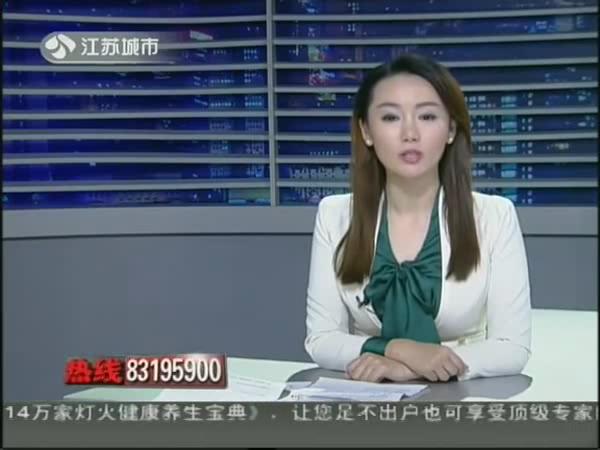https://www.cryptopolitan.com/japan-cracks-monero-money-laundering-case-arrests-18/
Japan’s National Police Agency and a joint task force of nine prefectural police forces have arrested 18 individuals, including the suspected leader, Yuta Kobayashi.
Kobayashi, who has no known address or occupation, is accused of using stolen credit card information to pull off a series of fraudulent transactions.
The group reportedly laundered their illicit earnings through Monero (XMR). Authorities estimate the total damage at over 100 million yen.
The first arrests
Investigators found out that Kobayashi and his gang had been using fake credit cards to buy and sell items on the flea market app Mercari.
Between June and July 2021, they completed 42 fake transactions, swindling the company out of 2.7 million yen.
The group is believed to have made around 900 fraudulent transactions in total using stolen credit card info gathered from phishing scams. These scams typically involve fake websites or emails designed to steal sensitive data.
The police operation wasn’t a simple one. In fact, the Cyber Special Investigation Unit, formed in April 2012, joined the case in August 2024. This unit was specifically created to assist local law enforcement in cracking down on cybercrimes.
And while Monero’s privacy features make it difficult to track, Japanese authorities managed to analyze the transactions and communication data to pinpoint Kobayashi. This is the first time Japanese police have successfully traced a suspect using Monero analysis.
Kobayashi’s group’s main hustle was stealing credit card data, a crime that’s been on the rise in Japan. In 2011, Japan recorded 54.09 billion yen in credit card fraud, with over 90% of it involving stolen card numbers.
By mid-2012, the damage from such crimes had already hit 26.82 billion yen. The group’s activities, along with similar cyber fraud rings, are feeding into an alarming trend.
Japan’s complicated relationship with crypto
Japan’s history with crypto is a bit rocky. Back in 2014, the country’s regulatory landscape was rocked by the infamous Mt. Gox scandal.
The exchange lost 850,000 Bitcoins in what was, at the time, the largest hack in crypto history. That forced Japan’s regulators to finally take cryptocurrency seriously. By 2016, the Payment Services Act was passed, recognizing crypto as a legitimate form of payment.
But this regulatory framework wasn’t enough to deter criminals like Kobayashi. The Japanese Financial Services Agency (FSA) has tried to crack down on these kinds of activities by tightening rules on exchanges.
In 2018, they helped form the Japan Virtual and Crypto-assets Exchange Association (JVCEA) to regulate the crypto market from within the industry.
But the market is still going strong despite the thefts and the tighter regulations. The country has around 3.7 million active crypto wallets.
In fiscal year 2021, the market saw ¥28.5 billion in spot trading, though leveraged trading took a nosedive from ¥97.4 trillion to ¥37.2 trillion.












